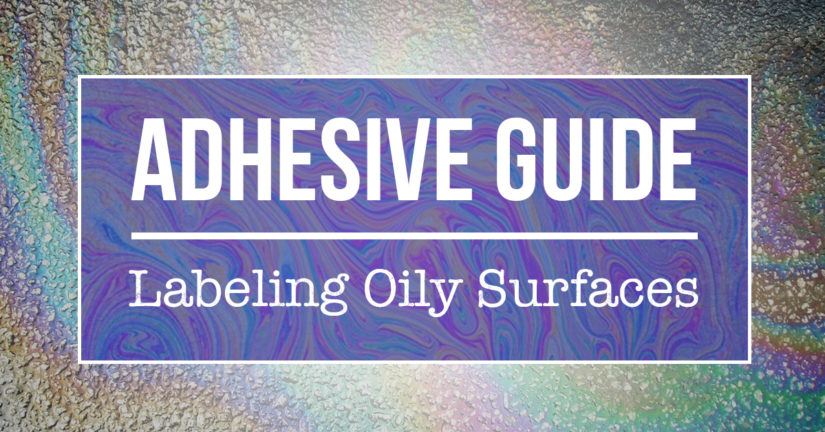A standard product label should be applied to clean, dry, and smooth surfaces whenever possible, but some surfaces will inevitably be difficult to work with. Occasionally, the cost to treat a surface for proper adhesion during production is prohibitive and a workaround must be found. One such example is an oily surface.
Dealing With Oily Machinery
Oily surfaces are often found on machined parts as oil is used to decrease friction and lubricate parts during the machining process. However, this can create headaches when attempting to apply a label to the finished product. The product’s surface should normally be thoroughly cleaned before application but cleaning these parts during production can be cumbersome due to extra workers or extra processes needed to properly clean the application surface for labeling.
Our Application Process
Here at Enterprise Label, we utilize specialized 3M material designed to handle this application. We use a sturdy polyester film stock that will not absorb the oil that it may come into contact with. We pair this material with an aggressive acrylic adhesive that’s designed to penetrate a thin layer of oily film to bond with the part’s surface.*
Adhesives come in many other forms, uniquely formulated to tackle just about any project out there. If you are experiencing adhesion issues with your labels, please contact us today!
*Proper testing is recommended to insure proper adhesion to product surface. Results can vary depending on surface condition, and cleaning is still recommended whenever possible.

